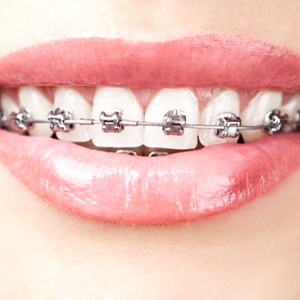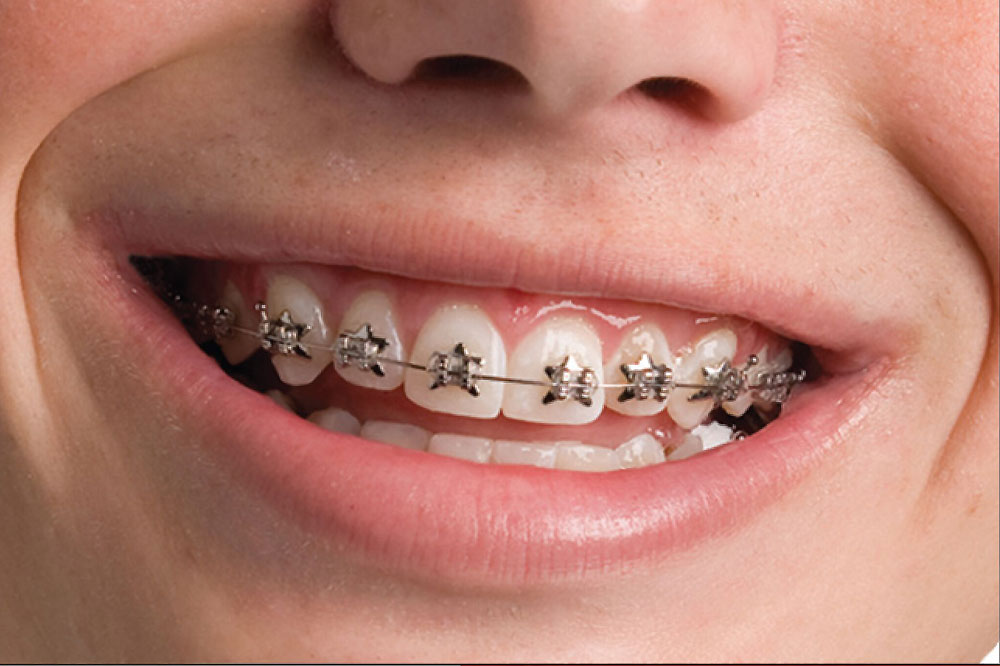Comprehensive Overview to Orthodontics Procedures for Remedying Dental Imbalances
Understanding the ins and outs of each treatment, including their mechanisms, benefits, and possible drawbacks, is essential in making informed choices concerning one's orthodontic treatment. As we browse with the thorough guide to orthodontic treatments for fixing oral imbalances, the elaborate details of each method will certainly unravel, dropping light on the path towards a harmonious and functional dental alignment.
Orthodontic Procedures Introduction

Routine adjustments and tracking are vital components of orthodontic therapy to make sure progression is on track and to make any type of essential alterations along the way. By undergoing orthodontic procedures, patients can not only achieve a straighter grin however likewise improve their total dental health and wellness and function.
Typical Braces: Just How They Function
When considering orthodontic treatments for dental imbalances, traditional dental braces stand out as a time-tested technique for correcting teeth placing. Standard dental braces consist of brackets, wires, and bands that work with each other to apply continual pressure on the teeth, slowly relocating them right into the preferred positioning.
As pressure is applied to the teeth through the braces, the bone bordering the teeth is improved to support the brand-new tooth placements. Clients will certainly need routine adjustments at the orthodontist's office to make certain the braces continue to apply the correct pressure for reliable teeth movement.
Unnoticeable Aligners: Cons and pros
These clear, personalized trays are basically unseen when used, making them an enticing alternative for individuals seeking a more cosmetically pleasing orthodontic treatment. Clients can eliminate the aligners prior to consuming or brushing their teeth, lowering the danger of food getting stuck in the home appliance and simplifying the cleansing procedure.

Surgical Orthodontic Options
Surgical interventions in orthodontics present practical choices for attending to complicated dental misalignments that might not be efficiently fixed with conventional orthodontic therapies. While traditional braces and undetectable aligners can deal with numerous orthodontic issues, particular additional reading situations need surgical treatment to accomplish ideal results. Surgical orthodontic alternatives are usually advised for severe malocclusions, significant jaw discrepancies, and situations where the underlying bone structure requires modification to attain proper placement.
One common medical orthodontic procedure is orthognathic surgical procedure, which includes repositioning the jaws to remedy functional issues such as difficulty talking or chewing. This surgery is commonly done in cooperation with an orthodontist that helps line up the teeth prior to and after the treatment. Surgical orthodontics may also include treatments to reveal influenced teeth, remove excess gum cells, or reshape the jawbone to develop an extra unified facial account.
Before taking into consideration surgical orthodontic options, people undergo a comprehensive analysis to establish the necessity and potential advantages of such interventions. orthodontics. While surgical treatment might seem daunting, it can considerably boost both the function and aesthetics of the smile in cases where standard orthodontic therapies drop short
Retainers and Post-Treatment Treatment

Post-treatment treatment includes following the visit homepage orthodontist's guidelines carefully. This might consist of correct oral health methods, participating in follow-up visits, and putting on the retainers as prescribed. Failing to abide with post-treatment care guidelines can cause have a peek at these guys relapse, where the teeth gradually return in the direction of their original positions. Regular retainer wear, excellent oral hygiene, and routine dental exams are necessary for keeping the outcomes accomplished with orthodontic surgical treatment and guaranteeing the long-lasting stability of the corrected dental positioning.
Verdict
In conclusion, orthodontic treatments supply numerous alternatives for fixing oral misalignments. Traditional braces use metal braces and cables to move teeth right into proper positioning. Invisible aligners offer a more very discreet option but may not be suitable for all cases. Surgical orthodontic options are offered for a lot more extreme misalignments. Retainers are frequently used post-treatment to maintain the new alignment. Generally, orthodontic procedures can effectively boost oral wellness and visual appearance.
As we navigate with the extensive overview to orthodontic procedures for remedying oral imbalances, the detailed information of each method will unravel, dropping light on the path towards a harmonious and useful oral placement. - cumming aligners
One of the most usual orthodontic treatments is the use of dental braces, which consist of metal brackets and cords that apply gentle pressure to gradually change teeth right into the preferred placement.When taking into consideration orthodontic treatments for oral misalignments, typical braces stand out as a tried and true method for remedying teeth placing. In addition, unseen aligners may not be appropriate for complex orthodontic issues that call for even more considerable teeth activity, as they are generally recommended for mild to moderate situations. Retainers are customized orthodontic devices developed to hold teeth in their corrected settings after the conclusion of orthodontic therapy.